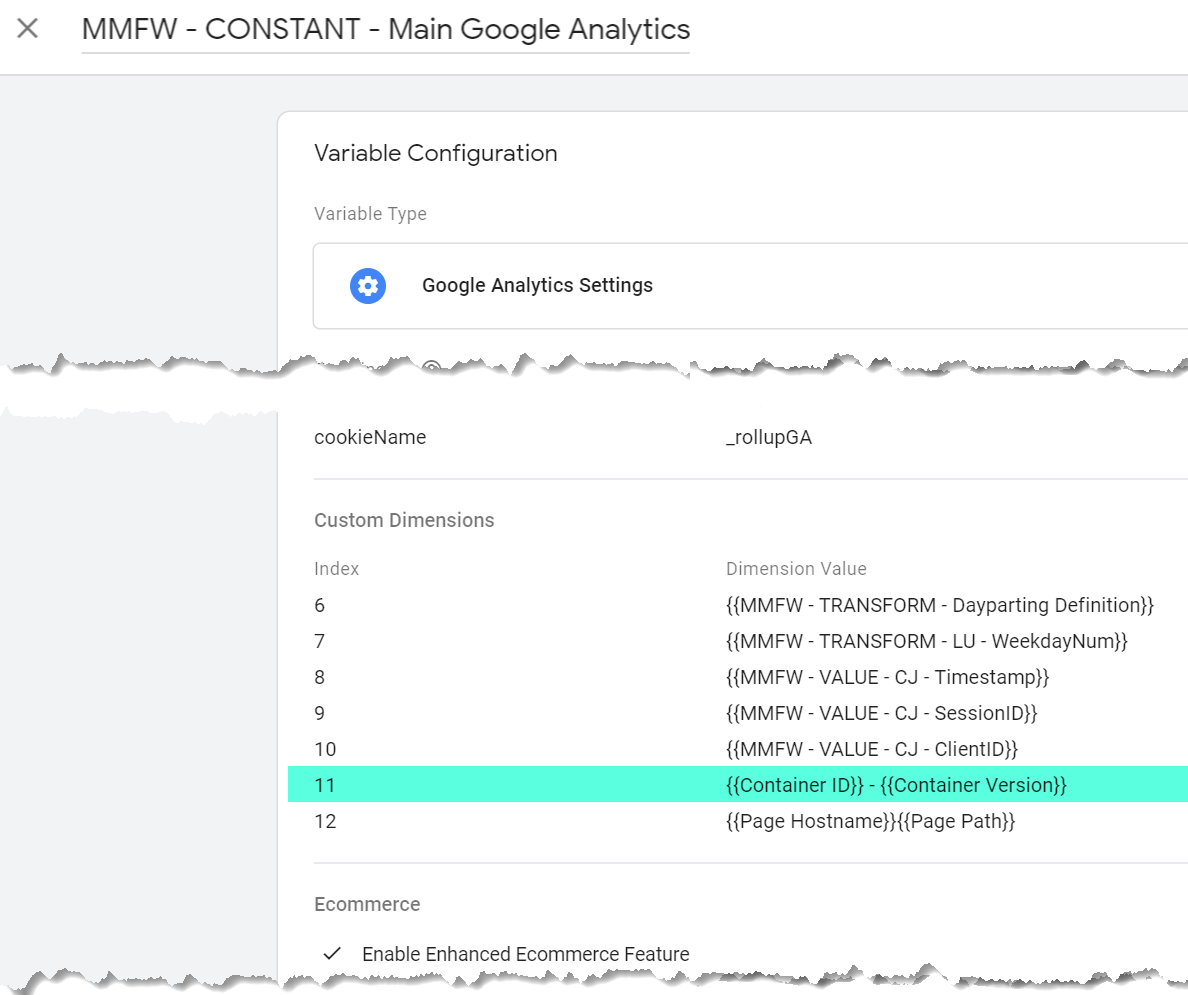Browsing the Depths of Secondary Dimension in Google Analytics: A Detailed Exploration on Its Functionality
Secondary measurements, though apparently straightforward at very first glimpse, nurture a riches of untapped possible waiting to be taken advantage of. As we get started on this trip to explore the nuanced functionality of additional dimensions, we will reveal just how this feature can light up patterns, introduce correlations, and eventually pave the method for notified decision-making in the digital landscape (what is a “secondary dimension” in google analytics?).
Understanding Additional Dimensions in Google Analytics

Understanding just how additional measurements job is essential for leveraging the full power of Google Analytics. These measurements help you respond to a lot more complicated questions regarding individual habits and the efficiency of your internet site web content and advertising initiatives. You can use additional dimensions to analyze which web browsers or tools are most typically made use of by site visitors that make a purchase, or to contrast the bounce rates of various web traffic resources. By integrating primary metrics with additional measurements, you can acquire beneficial insights that drive educated decision-making and optimization strategies - what is a “secondary dimension” in google analytics?.
Leveraging Secondary Dimensions for Data Evaluation
Building upon the fundamental understanding of just how second measurements enhance information analysis in Google Analytics, the utilization of these added layers of info comes to be extremely important in drawing out useful insights for notified decision-making and optimization methods. By leveraging additional measurements, analysts can delve deeper into the performance metrics by including more context to the primary measurements, thus uncovering hidden patterns and connections that may not be apparent initially look. This deeper degree of evaluation enables services to better understand individual habits, determine patterns, and pinpoint areas for renovation.
Furthermore, second dimensions provide a more thorough sight of the information, permitting segmentation based upon various criteria such as demographics, gadgets, traffic resources, and much more. This segmentation helps with a much more granular evaluation, enabling organizations to customize their projects and approaches to particular audience segments for boosted targeting and personalization. Essentially, the tactical use second dimensions encourages companies to make data-driven decisions that drive development and success in the digital landscape.
Advanced Strategies for Second Measurement Application
Discovering intricate techniques to harness the complete potential of second dimensions in Google Analytics elevates the deepness and class of data analysis for tactical decision-making. One sophisticated strategy from this source for applying secondary dimensions is the use of custom measurements. In addition, incorporating additional measurements with advanced sectors can provide even extra granular insights by using several layers of segmentation to the data.
Interpreting Insights Through Second Dimensions

When analyzing insights with additional dimensions, it is necessary to think about the context of the data and how different dimensions connect with each various other. Understanding which details website traffic resources lead to higher conversion prices or determining which devices customers like for making acquisitions can give workable understandings for optimizing advertising projects and boosting general web site efficiency. By very carefully examining the information with second dimensions in mind, services can make informed decisions that drive meaningful results and improve their electronic visibility.
Enhancing Performance With Second Measurements

One vital method to maximize performance with additional measurements is by segmenting information extra granularly. This enables you to separate particular aspects that might be influencing your metrics and gain a far better understanding of what drives success or failing in your digital campaigns. By combining additional measurements such as 'tool group' and 'touchdown page,' you can identify which tool types are most efficient for specific landing web pages, enabling you to customize your methods as necessary.
In addition, utilizing second dimensions can help you determine patterns, patterns, and connections that may not be obvious when evaluating data with main dimensions alone. This much deeper level of analysis can result in even more informed decision-making and eventually enhance the overall performance of your internet site or electronic advertising campaigns.
Conclusion
Finally, additional measurements in Google Analytics play an important role in enhancing information analysis and giving much deeper understandings into internet site performance. By using advanced techniques and translating the data efficiently, companies can optimize their techniques and improve total performance. Understanding the performance of second measurements is important for making educated decisions and driving success in the digital landscape.
By leveraging second measurements, experts can dive deeper into the performance metrics by including even more context to the key dimensions, thus discovering covert patterns and connections that may not be noticeable at initial glimpse. One sophisticated strategy for executing second dimensions is the usage of customized measurements.Having actually mastered innovative methods like customized dimensions and regex for additional Learn More dimension implementation in Google Analytics, the next crucial step is analyzing the valuable understandings obtained with these advanced information division methods. Translating insights via additional measurements includes analyzing the relationships between the main and secondary dimensions picked, uncovering patterns, trends, and correlations that may not be promptly apparent when looking at the data in its entirety.When translating understandings with secondary measurements, it is essential to consider the context of the information and just how various measurements communicate with each other.